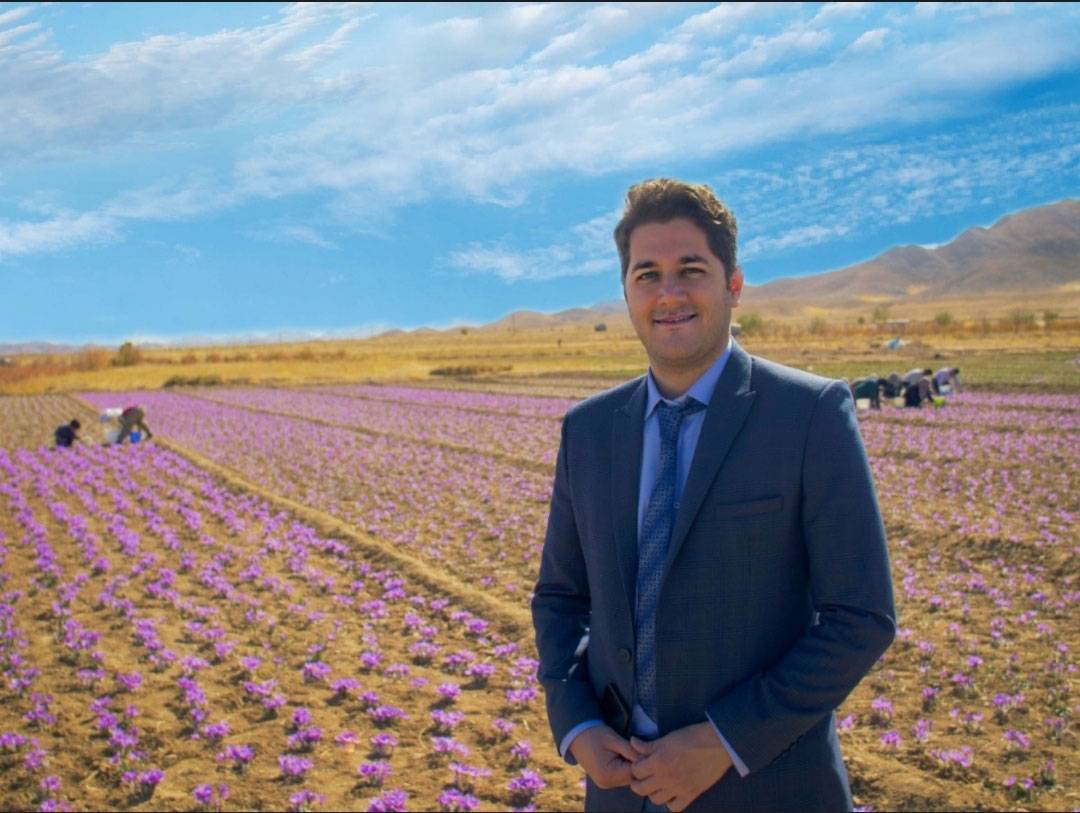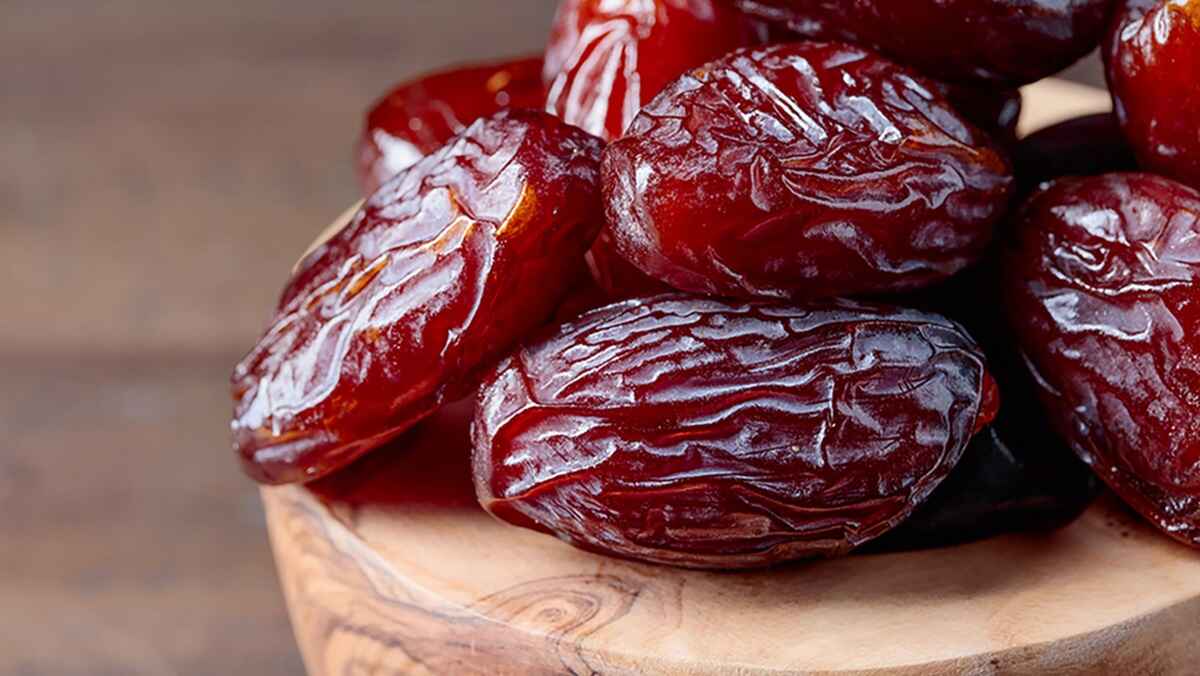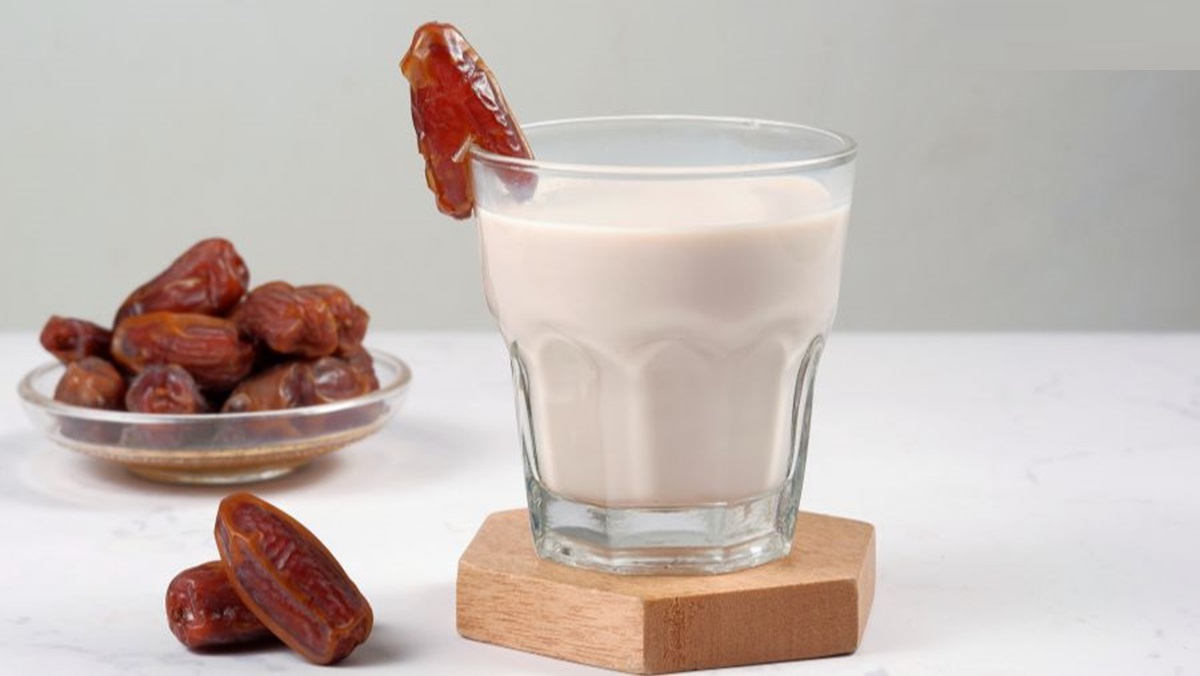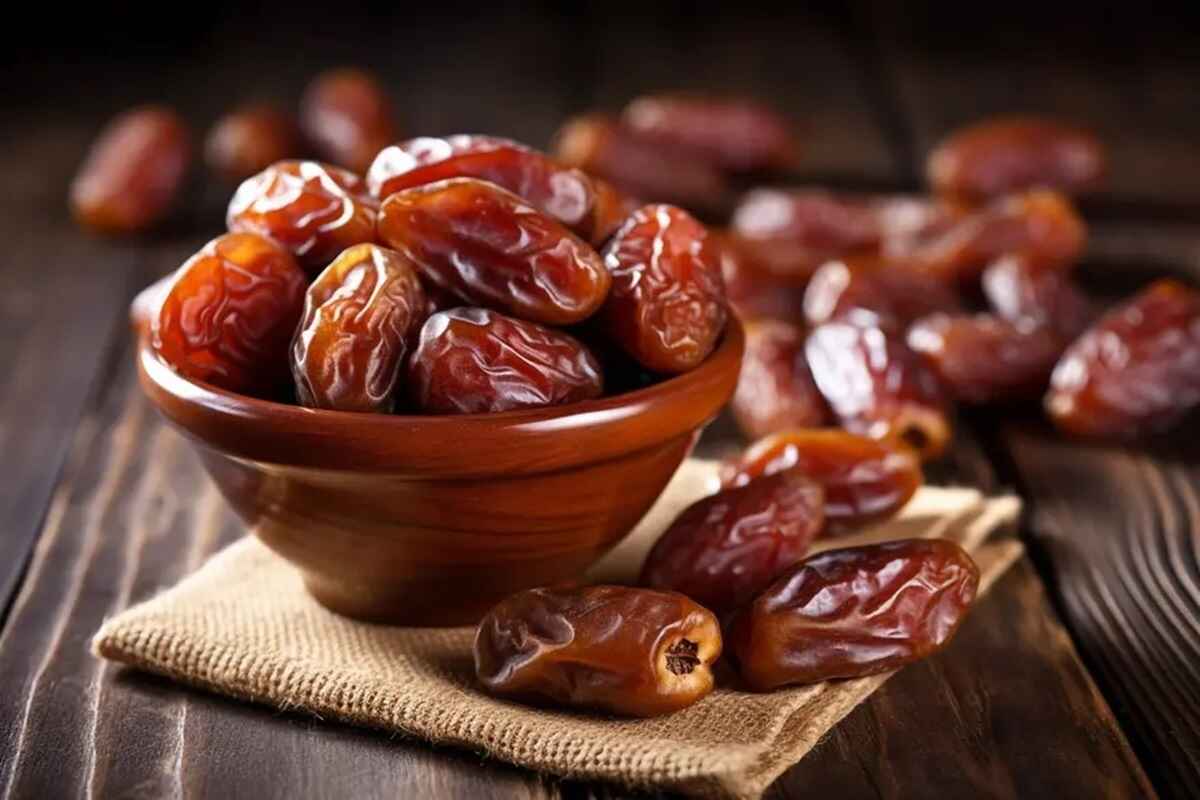Saffron, the world’s most prized spice, boasts a rich history and flavor profile. Its journey can be traced back to ancient Persia, the current territory of Iran. For millennia, Iranian saffron has captivated civilizations with its vibrant color, intoxicating aroma, and medicinal properties.
A Legacy of Saffron Cultivation
The cultivation of saffron in Iran dates back to 3,500 years ago. The ideal climate and fertile lands of Iran, particularly Khorasan province, proved exceptionally well-suited for growing this delicate crocus flower. This long-standing tradition of cultivation has imbued Iranian saffron with a unique quality and prestige.
A Global Harvest: Saffron Cultivation Around the World
While Iran remains the world’s largest producer of all kinds of saffron (including Sargol, white saffron,…), other countries, including Spain, Greece, and India, have also entered the saffron cultivation landscape. However, Iranian saffron continues to be highly sought-after for its superior quality, intense flavor, and vibrant color.
The Abundance of Iranian Saffron
Iran’s annual saffron production volume fluctuates depending on weather conditions. However, it consistently ranks among the top saffron-producing nations globally. This abundance ensures a steady supply to meet the international demand for this precious spice.
Unveiling Iran’s Saffron Treasures
Iranian saffron comes in various types, each with its distinct characteristics. Among the most renowned are:
- Saffron Negin: The most prized and expensive grade, consisting of the long, stigma ends of the saffron crocus flower. Renowned for its intense color, aroma, and flavor.
- Sargol Saffron: The topmost threads, prized for their intense color, aroma, and flavor.
- Pushal Saffron: Shorter saffron strands with a slightly lower potency, often used in culinary applications.
The rise of organic farming practices has led to the increased availability of organic Iranian saffron. This caters to the growing demand for sustainable and ethically sourced food products.
Beyond the Borders: The Global Trade of Saffron
The international saffron trade thrives on the import and re-export of this valuable spice. Major saffron importers like the United States, Europe, and Japan often purchase bulk saffron directly from Iran. These countries then repackage and redistribute the saffron to meet the demands of their domestic markets.
Saffron Price in Iran
Saffron prices in Iran fluctuate based on a delicate interplay between quality, harvest yields, and global demand. The most prized Sargol saffron naturally commands a higher price point compared to Pushal varieties. Additionally, weather conditions can significantly impact saffron production, influencing the overall price based on yearly yields. While bulk saffron prices tend to be lower, Iranian saffron maintains a premium due to its well-deserved reputation for superior quality.
Unveiling the Price: Bulk Saffron vs. Iranian Saffron Price
The price of saffron varies depending on the quality, grade, and type. Bulk saffron prices tend to be lower than those of pre-packaged saffron targeted towards individual consumers. Iranian saffron prices may also differ based on factors like the specific type of saffron (Sargol being more expensive) and harvest yields.
Understanding the intricacies of the saffron trade, from cultivation to global distribution, provides valuable insights into the factors that influence Iranian saffron prices.
In conclusion, Iranian saffron stands as a testament to a rich cultural heritage and meticulous cultivation practices. Its journey from the ancient Persian fields to international markets underscores its enduring value and allure. If you’re looking for the finest quality saffron, Iranian saffron remains a prime choice for discerning consumers and culinary professionals alike.





Aayush
We need bulk Iranian saffron in India. Is it possible?